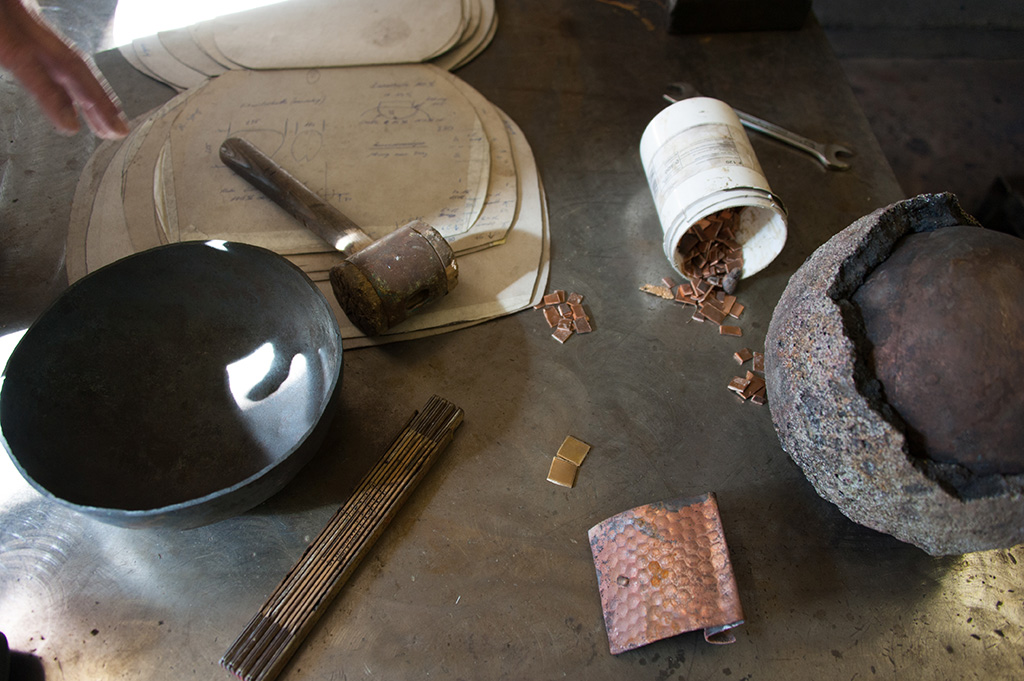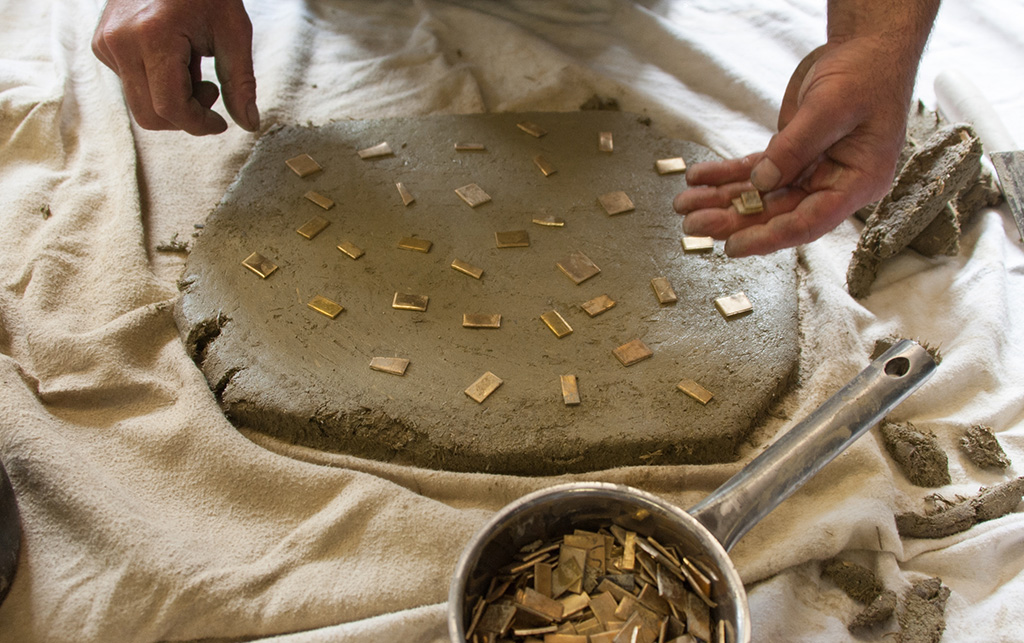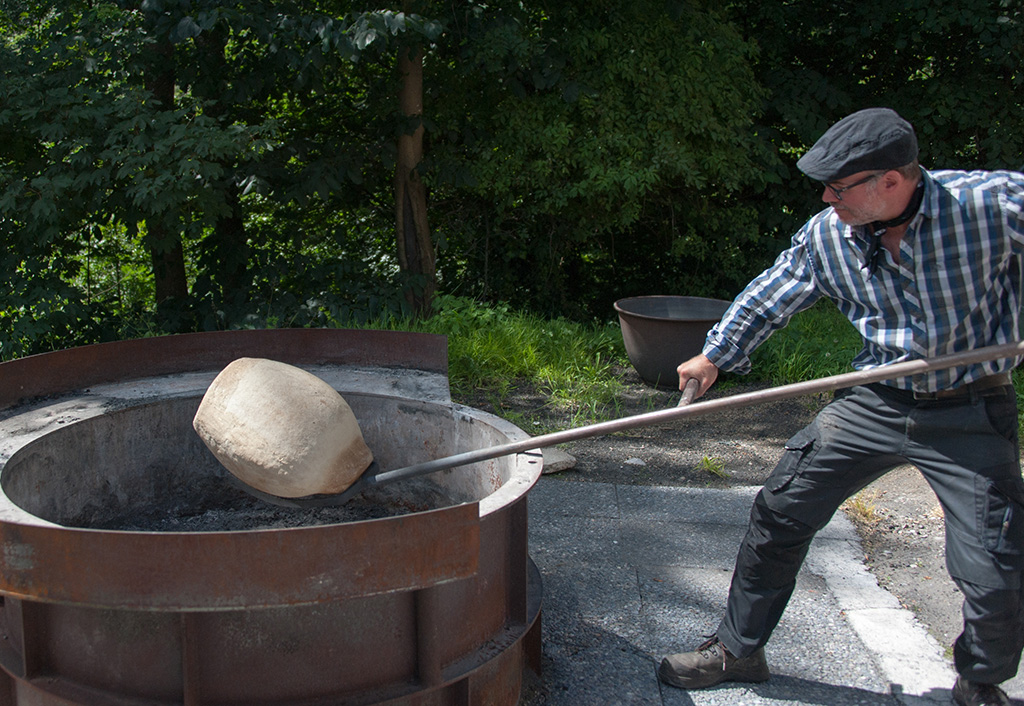
Is this man the last Swiss cowbell maker?
Peter Preisig is hard at work at his craft in a former gunpowder factory. Instead of the occasional explosion, it’s the ringing of hammers on metal that are heard by anyone wandering through the remote wooded area.
As a young man, Preisig saw that the traditional art and technique of cowbell-making in the Alps was dying out, so he decided to act. He’s fascinated by the fact that simple raw materials can be used to create an instrument with such rich tones.
He spent many years in various jobs – from the car industry to mechanical engineering – before becoming a self-taught blacksmith. Learning the skill took him nearly 20 years. Now 45, he has been a full-time cowbell maker for four years.
Before Preisig came along, traditional cowbells – known as “Senntumschellen” in German dialect – originated from the Austrian Tirol region, so he’s helping to keep an ancient craft alive.
The Senntumschellen are a set of three huge, hand-crafted, fire-blazed cowbells that have certain harmonics. Only the three lead cows are entitled to wear them during the annual herding of cattle down from the mountains of the small eastern region of Appenzell.
To make a cowbell, Preisig heats a cut steel plate in a furnace until it is red hot before beating it with a hammer. This process is repeated around 20 times. The original steel plate gradually turns into half a cowbell.
The secret to creating these instruments lies in the sound, which is made by layering brass or bronze. The metals are then sintered into the cowbell steel plate and fired at 1,500-1,600°C.
Afterwards, the bell is dressed in clay, before smashed bullet shells made of brass, copper and zinc are placed between the cowbell and the clay mantle. The thicker the metal, the higher the tone. The steel alloy also plays a role, as does ensuring the metal is processed evenly. The rest is confidential. No two cowbells look or sound the same.

More
Working in harmony
Cultural importance
Cowbells originally helped owners locate lost cows or determine which cow belonged to which farmer, based on their sound. Modern technology should have made cowbells obsolete, but as Preisig says, technology “can’t replace the culture behind it”.
There is a Swiss cowbell festival every three years highlighting the importance of the cowbell tradition.
Preisig’s website says his aim is preserving and passing on the craft in its original form. He believes he has succeeded, but admits that, as a someone who lives by his craft, he won’t become rich.
Preisig doubts any of his three children are interested in following in his footsteps but is hopeful someone will come along to whom he can pass on the skills to carry on the tradition.
















































You can find an overview of ongoing debates with our journalists here . Please join us!
If you want to start a conversation about a topic raised in this article or want to report factual errors, email us at english@swissinfo.ch.